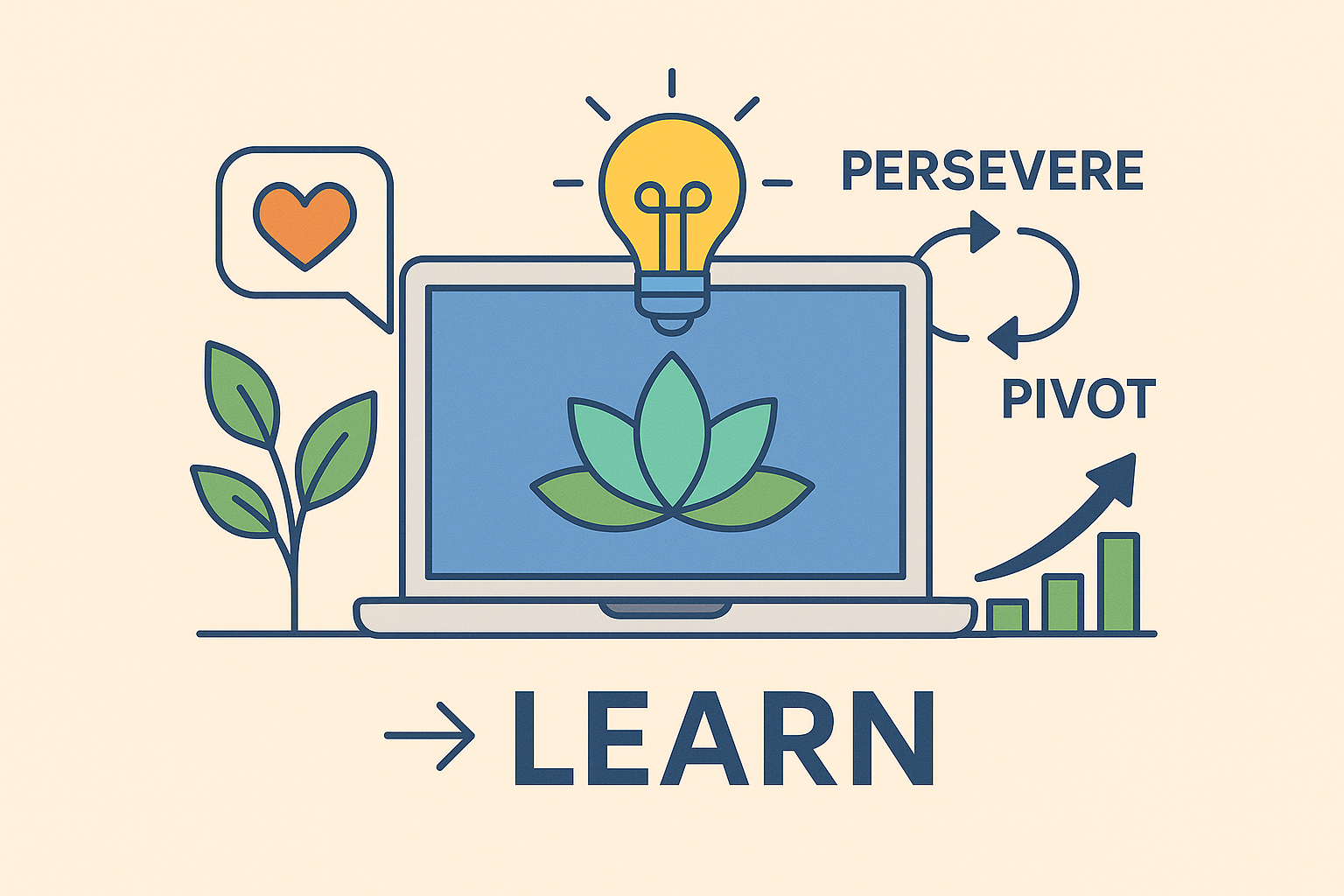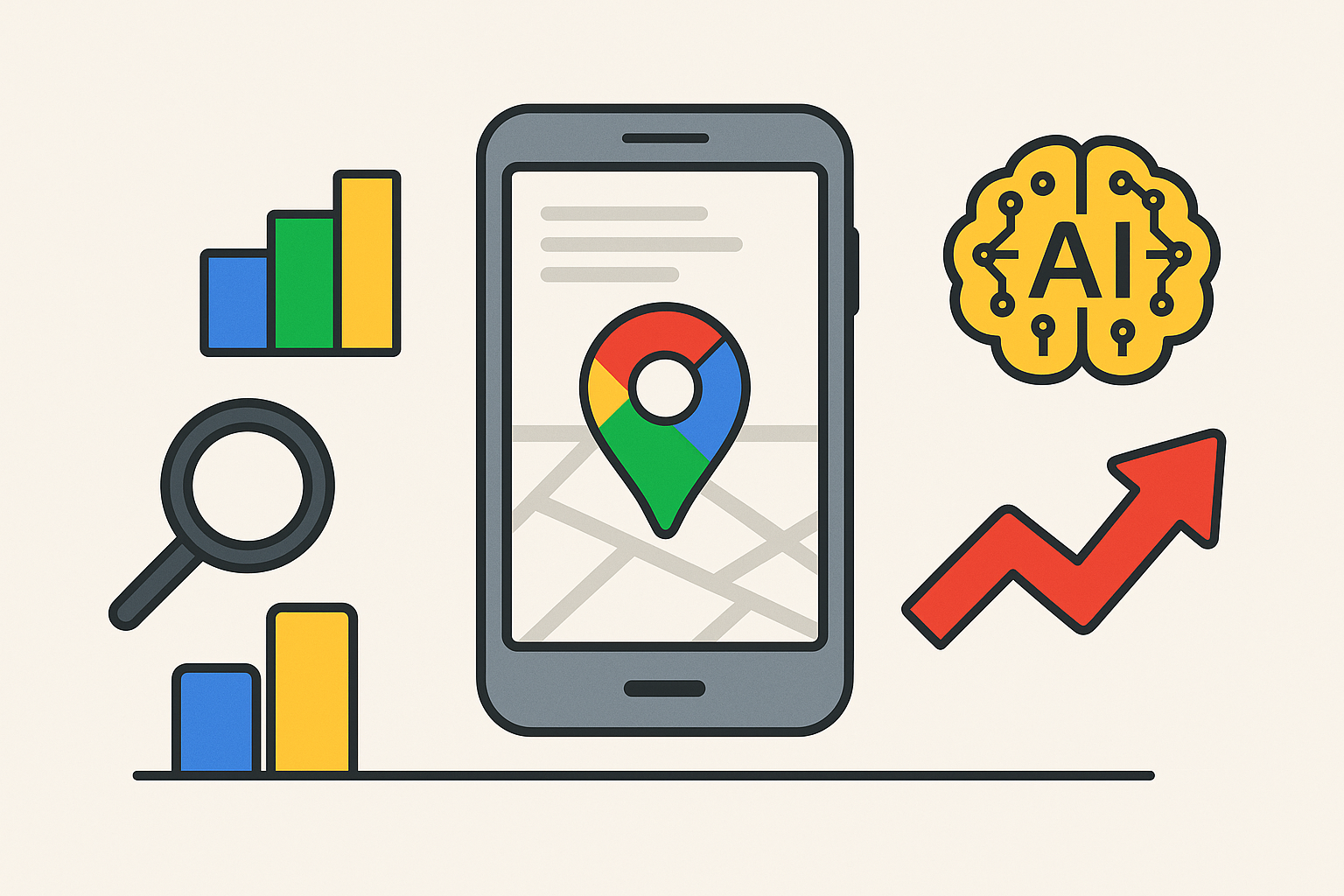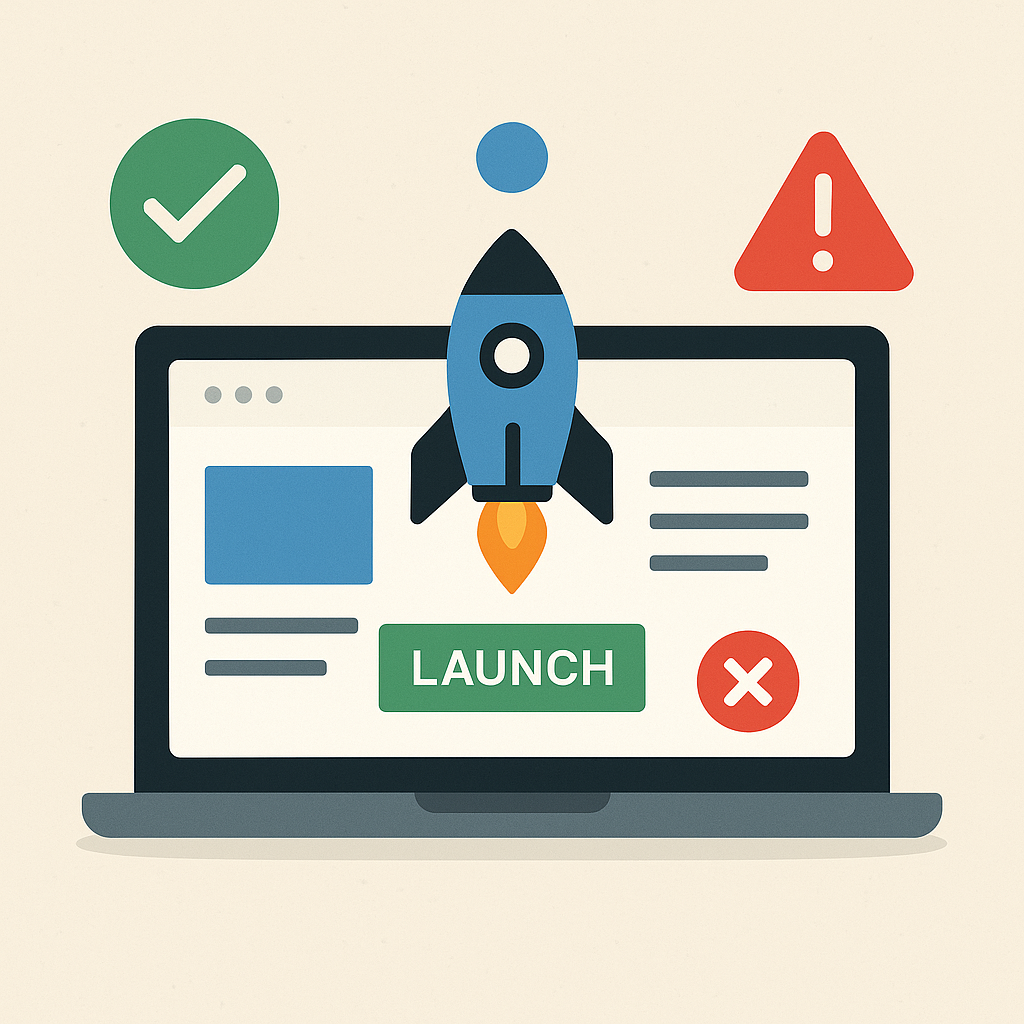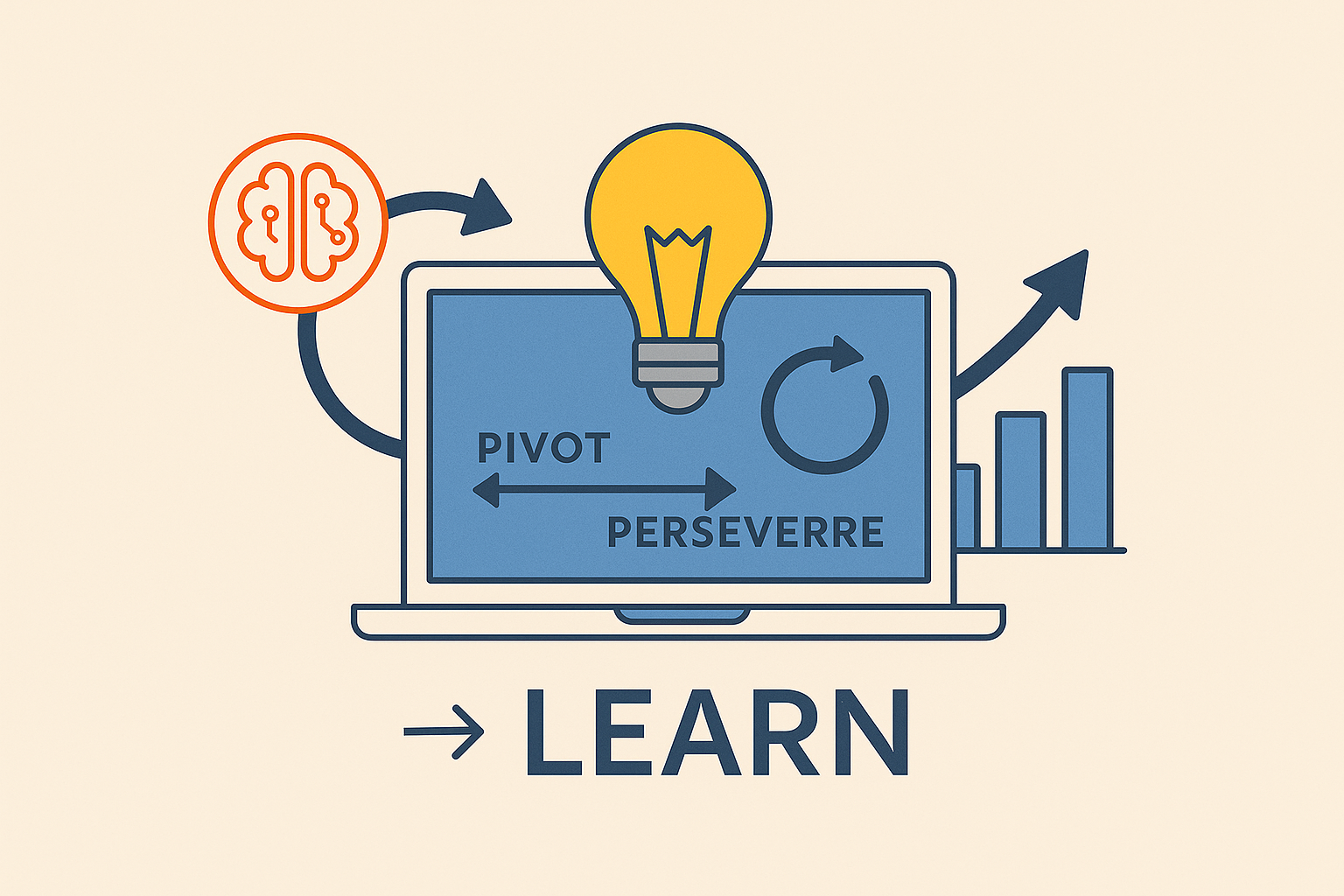Welcome to the final installation of our "Lean Startup for Health & Wellness Mavericks" series! In our previous posts, we explored how to Build your Minimum Viable Product (MVP) and then Measure its impact by gathering crucial client feedback and tracking key performance indicators. Now, we arrive at the most transformative phase of the Lean Startup cycle: Learn. This is where you take all that rich data and those invaluable insights and use them to make smart decisions, refine your offerings, and truly grow your health and wellness practice in a sustainable, client-centered way.
Making Sense of It All: Analyzing Feedback & Data for Actionable Insights
You've listened to your clients through interviews and surveys, and you've tracked the numbers from your MVP. What's the story they're telling you? The "Learn" phase begins with synthesizing this qualitative and quantitative information. Did your health coaching pilot program genuinely help clients achieve their initial goals? Were clients raving about a specific aspect of your new massage technique? Did your introductory med spa service meet expectations, or were there common points of confusion or dissatisfaction? The goal here is to move beyond surface-level observations to understand the why behind the results. Sometimes, if you have a good volume of feedback, AI tools can assist in identifying recurring themes or sentiment patterns, helping you distill actionable insights more efficiently.
The Critical Choice: Pivoting or Persevering Your Wellness Offering
Armed with validated learning, you face a cornerstone Lean Startup decision: do you pivot or persevere?
Persevere: If your MVP metrics are strong, client feedback is overwhelmingly positive, and you're seeing clear demand and value creation (e.g., your pop-up yoga classes are full, initial massage clients are rebooking and referring, your health coaching pilot clients achieved their desired outcomes), the decision is likely to persevere. This means continuing on your current path, optimizing what works, and cautiously scaling.
Pivot: If the data tells a different story – perhaps your specialized med spa MVP service had low uptake despite marketing, or your health coaching niche attracted a completely different audience than intended, or your yoga class style didn't resonate in your chosen location – then a pivot is necessary. This isn't failure; it's invaluable market feedback! A pivot might mean changing your target audience, significantly altering your service offering, adjusting your pricing model, or even rethinking the core problem you're trying to solve.
Iterating & Refining Your Services: The Path to a Stronger Offering
Learning isn't just about big pivot-or-persevere decisions; it's also about continuous refinement. Use the specific feedback from your MVP clients to iterate and improve your services. Perhaps your health coaching modules need reordering based on client progression. Maybe your massage therapy clients consistently mention wishing sessions were slightly longer for a particular treatment. Your yoga students' feedback could lead to new class times or slightly different focuses. For a med spa, early client input on an MVP service might guide the introduction of complementary, highly requested add-ons. Each iteration should make your offering stronger, more valuable, and more aligned with your clients' true needs.
Building Your Brand & Marketing Beyond the MVP (Leanly!)
Once your MVP has provided some validation and you've learned what resonates, it's time to more formally build your brand and expand your marketing – still with a lean mindset. Your early learnings are crucial here. Develop your core brand message around the value points that your MVP clients truly appreciated. Focus on low-cost, high-impact marketing strategies:
Local SEO: Optimize your online presence so local clients can find you easily when searching for your specific wellness services.
Email Marketing: Nurture the leads and contacts you gained during your MVP phase with valuable content and targeted offers.
Referral Programs & Networking: Encourage word-of-mouth from your happy initial clients and build relationships with complementary local businesses or practitioners.
Community Engagement: Participate in local events or offer introductory workshops to increase visibility.
AI for Ongoing Content: Continue to use AI tools to efficiently create engaging content for your blog, social media, and email campaigns, always infusing it with your authentic voice and the insights you've gained.
Scaling Sustainably: Systems, Client Retention, and Financial Health
As positive learnings lead to growth, implementing lean systems becomes key for long-term sustainability and avoiding burnout, especially for solopreneurs or small practices.
Efficient Systems: Look into streamlined, affordable solutions for client management, online booking and scheduling (HIPAA-compliant options are available if needed), and payment processing.
Focus on Client Retention: It's often more cost-effective to retain existing clients than to constantly acquire new ones. Implement strategies to build loyalty, such as follow-up communication, personalized check-ins (perhaps informed by AI insights), or simple loyalty perks.
Maintain Financial Well-being: Keep a close eye on your finances. Understand your numbers, manage costs effectively, and ensure your pricing supports a sustainable business and your own financial health as an entrepreneur.
Avoid Common Pitfalls: Learn from why other small businesses or wellness practices sometimes fail – often due to issues like lack of market understanding, poor cash flow management, or ineffective marketing – insights you are actively combatting with your lean approach!
Embracing the Continuous Learning Mindset in Health & Wellness
(H2)
The most crucial takeaway from applying Lean Startup principles to your health and wellness practice is that it's not a one-time project; it's a continuous mindset of learning and improvement. The Build-Measure-Learn cycle should become your default approach for introducing new services, tweaking existing ones, testing marketing ideas, or optimizing your operations. Stay curious, actively seek feedback, be willing to adapt, and don't be afraid to experiment (leanly!). Consider seeking mentorship from resources like SCORE or your local SBA to guide your journey.
By consistently applying these learn-and-grow strategies, you'll build a health and wellness practice that is not only responsive to your clients' needs but is also resilient, adaptable, and poised for long-term, meaningful success. Keep learning, keep iterating, and keep thriving!





